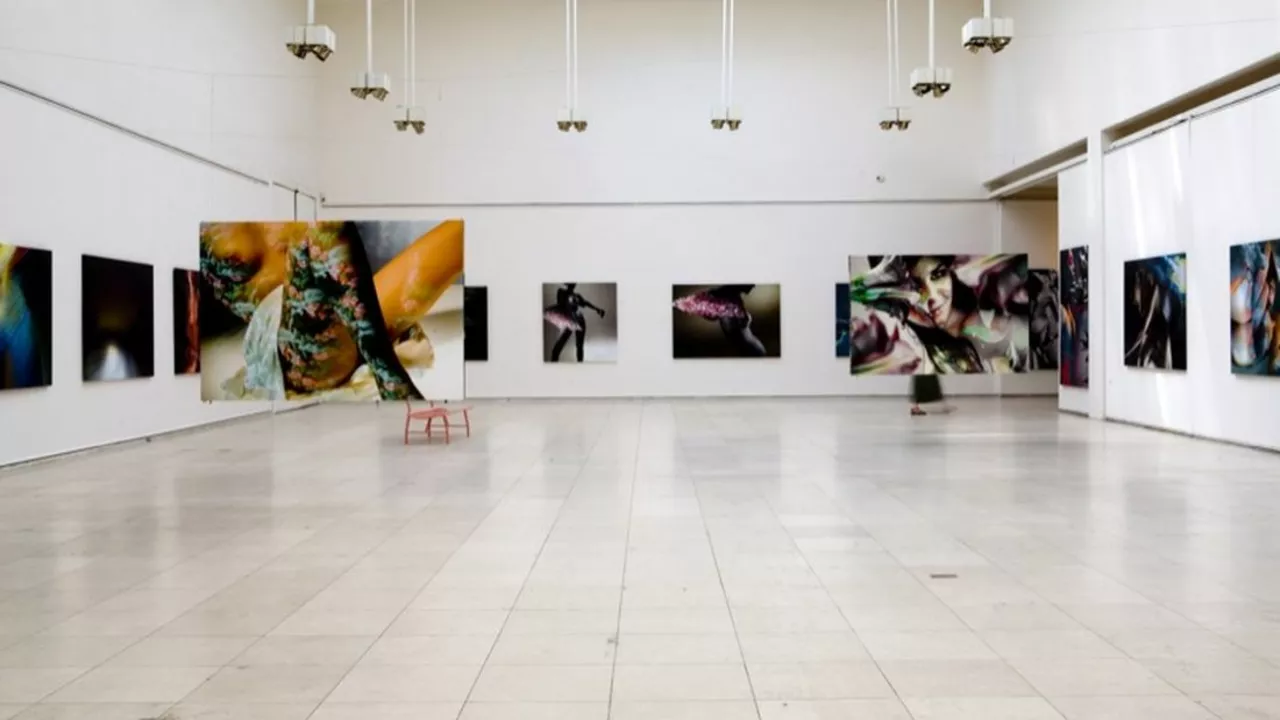Margins of Creativity
What are the subjects taught if we take arts after 10th?
Well, folks, if you're considering taking the plunge into the vibrant world of arts after 10th grade, you're in for a roller coaster ride of creativity and knowledge! Now, don't you fret, it's not all Picasso and Shakespeare. You'll be diving headfirst into a pool of fascinating subjects like History, Sociology, Political Science and the ever-intriguing Psychology. Not to mention the thrilling world of languages, where you could be whispering sweet nothings in French or ordering pizza in Italian before you know it! So, strap on your thinking caps and get ready to embrace those artsy vibes!
View MoreWhat are some amazing subjects in humanities/arts?
There are several amazing subjects in humanities and arts that are worth exploring. History, for instance, takes us on a journey through time, enlightening us about past civilizations and events. Literature opens up a world of creativity and imagination, while philosophy challenges our understanding of existence and reality. The study of languages enhances communication skills and understanding of different cultures. Lastly, subjects such as visual arts and music offer a rich exploration of human expression and creativity.
View MoreWhat kind of arts do people in your country like?
In my country, people have a diverse appreciation for art, showcasing a blend of traditional and contemporary tastes. Visual arts, like painting and sculpture, are highly revered, often reflecting our rich cultural heritage. There's also a rising interest in modern art forms, such as digital art and street art. Performing arts, including dance, theater, and music, hold a special place in our hearts, with many local festivals dedicated to these. Lastly, cinematic art is incredibly popular, with a thriving film industry that people ardently support.
View MoreWhere can I find art supplies in New Delhi?
In New Delhi, you can easily find art supplies in several stores and marketplaces. Chandni Chowk is a popular spot where you can find a variety of supplies at affordable prices. The Delhi Stationery Mart and Anupam Stationery are also great places to check out. For more high-end and professional supplies, you can visit Art Mall. Online platforms such as Amazon and Flipkart also offer a wide range of art supplies with door-step delivery.
View More


